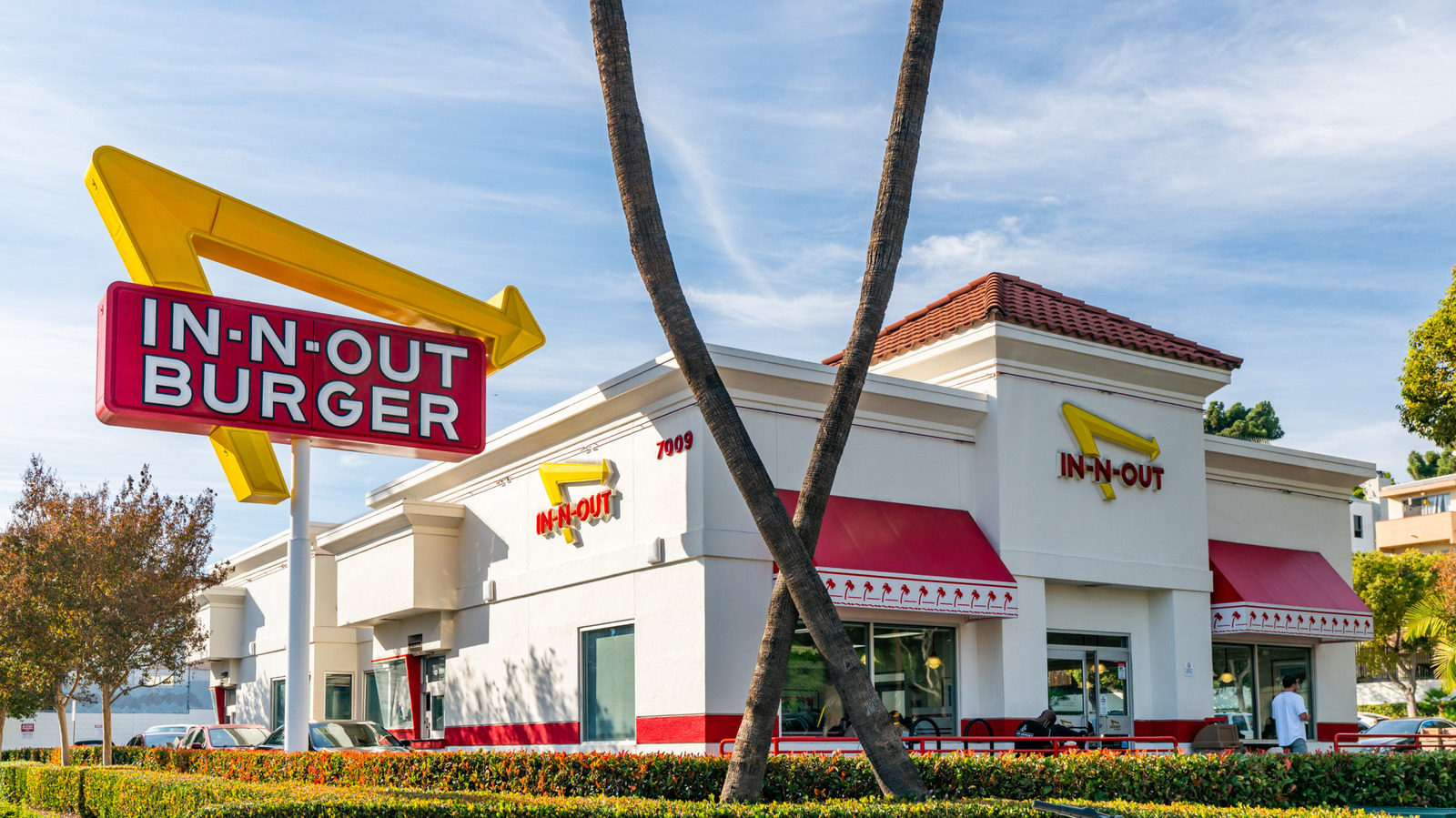The phrase “restaurant chain” likely evokes images of global icons like McDonald’s, Starbucks, and Subway. These fast casual establishments each operate roughly a mind-boggling 40,000 locations throughout the world, with more or less the same menu and branding throughout the world. To be considered a chain, having this many locations is not needed; aside from size, ownership and operations are also factored in. So, at what point does a restaurant transition into a chain?
Numerically speaking, a restaurant business is considered a chain if it operates four or more locations using the same brand. For example, if a sandwich shop had six locations throughout a region, it would be considered a chain. If a sandwich shop had three locations, and then the business opened two coffee shops using a different name, it would not be a chain, even if it had the same owners. Chains can operate in a single city or region, throughout the country, or globally.
Chain restaurants are most commonly associated with fast food, or quick service restaurants, like In-N-Out. However, it’s possible for sit-down, full-service restaurants to also be chains, like Cheesecake Factory and P.F. Chang’s. To streamline production and ensure that the fries you eat in California taste the same as a chain location in Florida, chains make use of the same suppliers to guarantee consistency.
A look at restaurant chain ownership
Another defining feature of restaurant chains is ownership. Chain restaurants are owned by one parent company, and any new locations are owned and operated by the same parent company or corporation. For instance, in the United States, Chipotle is the largest chain restaurant.
There are also franchises, which are frequently referred to as chains, where the parent company or corporation allows individuals to own and operate a location with a licensing agreement. For example, McDonald’s actually has a mix of normal chains and franchised chains. McDonald’s is also often called the largest chain in the world with 41,822 locations — so even if it is technically a franchise, most people still recognize businesses like McDonald’s and Subway as a chain. With some chains, the parent company owns and operates the majority of its locations. However, some will franchise in special situations; The Cheesecake Company owns and operates a majority of its locations, but franchises abroad in other countries. This seems to be somewhat of a grey area, as the company is considered a chain Stateside but a franchise abroad.
In both traditional chains and franchise chains, there is consistency in operations, branding, menu, and management. However, franchisees sometimes have a certain degree of autonomy, with the opportunity to change management style or operations strategies.
Consistency and operations in restaurants chains
When you step into a chain, you should know what to expect. The ambiance, branding, quality of food, service, and menu should be similar across multiple locations. Consistency can be difficult for chains with many locations, and that’s why sometimes you associate some chains with cold burgers or incorrect orders. Users on the r/FastFood thread report that they believe Burger King is one of the most inconsistent chains, while Chick-fil-A is one of the most consistent.
Even if food quality and customer service aren’t consistent, at the very least, chains should be recognizable and have standardized menus. You can easily recognize Starbucks’ green and white mermaid logo and know that you’ll be able to order a cold brew here, and anywhere else in the world. Chains don’t necessarily need to be themed restaurants like Margaritaville or Rainforest Cafe, but things like lighting, architecture, color theme, and layout should feel familiar when you step inside a location.
Chains typically don’t offer a different special of the day, but all chain locations may offer a seasonal special, like a Peppermint Mocha. It’s okay if some chains have slight menu variations; smaller locations may have a more streamlined menu. You may have seen a chain advertising something like “Soft-serve ice cream only available at our 1st Street location.” Some chain locations have more resources, staff, and infrastructure to offer specialized menu items. Still, variations such as this don’t disqualify a business as being a chain.






